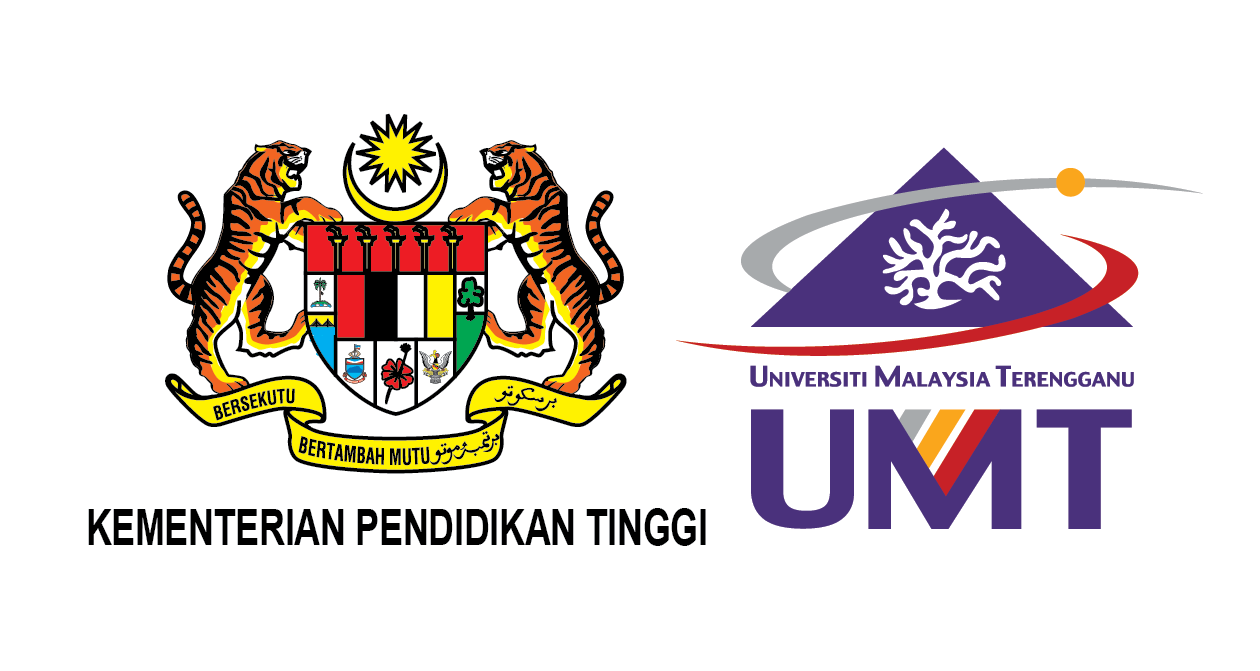Please use this identifier to cite or link to this item:
http://umt-ir.umt.edu.my:8080/handle/123456789/5861Full metadata record
| DC Field | Value | Language |
|---|---|---|
| dc.contributor.author | Ahmad Shukri Mohd Noor | - |
| dc.contributor.author | Nur Farhah Mat Zian | - |
| dc.contributor.author | Mustafa Mat Deris | - |
| dc.contributor.author | Tutut Herawan | - |
| dc.date.accessioned | 2017-04-16T08:33:45Z | - |
| dc.date.available | 2017-04-16T08:33:45Z | - |
| dc.date.issued | 2015 | - |
| dc.identifier.uri | http://hdl.handle.net/123456789/5861 | - |
| dc.description.abstract | Distributed systems primarily provide the access to data intensive computation through a wide range of interfaces. Due to the advances of the systems, the scales and complexity of the system have increased, causing faults are likely bound to happen leading into diverse faults and failure conditions. Therefore, fault tolerance has become a crucial property for distributed system in order to preserve its function correctly and available in the presence of faults. Replication techniques particularly concentrates on two fault tolerance manners; masking the failures on the fly as well as reconfiguring the systems in response. This paper presents a brief reviews on different replication techniques, such as Grid Configuration (GC), Box-Shaped Grid (BSG) and Neighbor Replication on Grid (NRG) by comparing and formalizing its communication costs and availabilities analysis based on k-out-of-n model. Each of these techniques presents their own merits and demerits which form the subject matter of this review. | en_US |
| dc.language.iso | en | en_US |
| dc.publisher | LNCS | en_US |
| dc.subject | Distributed systems | en_US |
| dc.subject | Fault tolerance | en_US |
| dc.subject | High availability | en_US |
| dc.title | Review of Replication Techniques for Distributed Systems | en_US |
| dc.type | Article | en_US |
| Appears in Collections: | Journal Articles | |
Files in This Item:
| File | Description | Size | Format | |
|---|---|---|---|---|
| 195-Review of Replication Techniques for Distributed Systems .pdf | Full Text File | 337.45 kB | Adobe PDF | View/Open |
Items in UMT-IR are protected by copyright, with all rights reserved, unless otherwise indicated.

